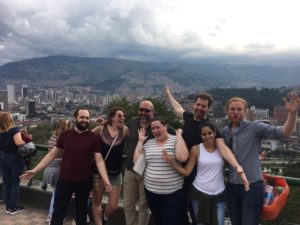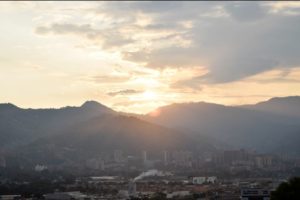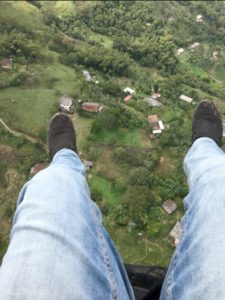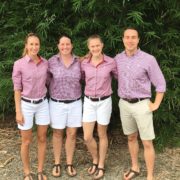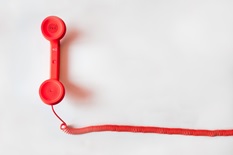Jasmine can dance up a storm!
We titled this BLOG post ‘Jasmine can dance up a storm!’ as we were recently blown away by an Instagram post she put up a little while ago. While it said in the description: hip-hop level 1, we think it was absolutely next level – literally and figuratively.
Click this and tell us what you think? Jasmine Hip-Hop
So we needed to know a bit more about Jasmine, and when we started to dig, we found out just how amazing she is.
Two very different activities that you enjoy doing are dance and soccer. We’ll touch on dance first – how did you get into it and what type of dance do you enjoy most? Is there a recent routine that’s been your favourite?
Two activities I really enjoy that keep me fit and motivated are soccer and dance. I started dance in March 2017 to try and fill the void that soccer had left in my life (I had to take a season off for injury reasons). What started as a casual dance classes at Mad Dance House here and there, quickly escalated to 6+ classes a week (each going for 1 hour, so that’s a lot of hours!).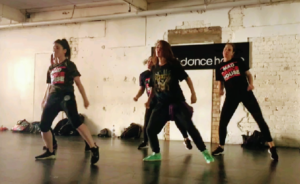
I mostly do urban hip-hop classes and I absolutely fell in love with how physically demanding it is and to my delight, how mentally stimulating. I was finally doing something again that really took me out of my comfort zone and got me involved with a completely new culture of people. I’m actually doing my first showcase with Mad Dance House this November which I’m very excited for!
For soccer, how long have you played and what draws you back to play each season? What position do you play?
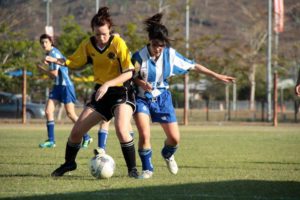
Soccer has been a big part of my personal identity since I was 8 years old. Despite the injuries over the past 16 or so years I keep being drawn back to soccer by the challenges of competition, building team comradery, and the fitness side of training. I’m quite zippy, so I mostly play wing and striker positions where speed is utilised best. Still working on getting those left foot kicks into the back of the net though!
Looking into another side of your interests, you’re currently building a computer from scratch in your spare time. What does that entail exactly?
In my spare time I like to dabble in all sorts of things – I’m very much a ‘finger in every pie’ type of person. At the moment I’ve just finished building my second computer. I decided that I needed to build one that had all of the flashing lights. I think I was 11 the first time I got into the guts of desktop PC, I pulled it apart and was fascinated by how it all came together. I enjoy researching every component and making sure they all come together in the best cost to performance ratio possible.
Putting a machine together is very satisfying, especially when you hit the power button for the first time and everything spins the way it should. Though I’ve certainly had my fair share of components catching fire at some point as well (usually due to something not being seated correctly D’oh!), which makes the ‘power on’ moment so thrilling – you either build it perfectly or it catches fire – so you learn to be more efficient each time. As I’m writing this I can almost smell the last set of fans I short circuited, it can make for a very expensive hobby…
And lastly, travel! Tell us about your recent trip and where you think you’ll be next!
Travelling is something I really want to do more of at this point in my life. I feel like it’s the
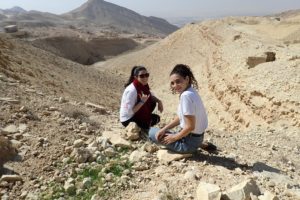
only way to step out of your bubble and learn perspective. Most recently I went travelling around Jordan for a week with my father and sister. It’s an amazingly untouched country nestled between Israel, Iraq, Syria and Saudi Arabia. We
spent the most time in Amman, Petra, and the Dead Sea. The country is dotted with massive old castles and sprawling rocky mountains; it looks like a Star Wars movie could be filmed there for how different the terrain is. I’ve been to most of Europe already so next on my list is Japan, I’m incredibly excited for the history and traditional culture there. Just have to make sure I go during summer, I’m pretty defenceless against the cold!
Thanks for that Jasmine! We wish you all the best with your pursuits and hope you DON’T burn the house down with a computer, and DO burn the house down with your dancing!!
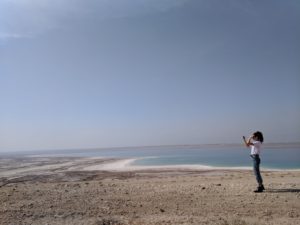

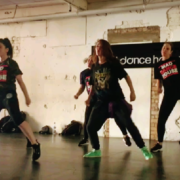
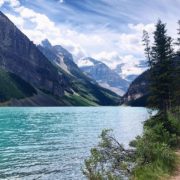
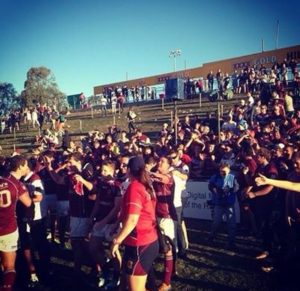
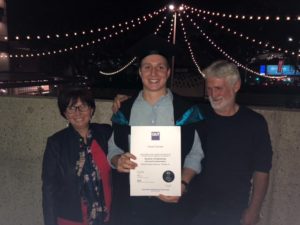
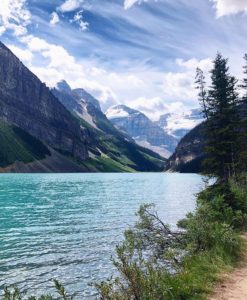
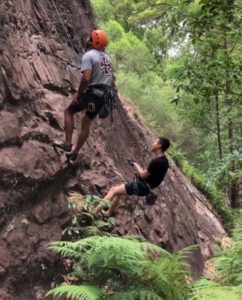
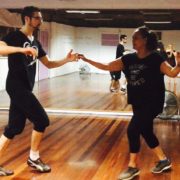
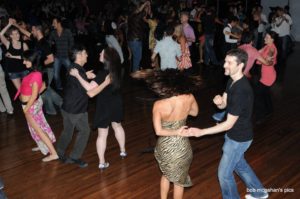
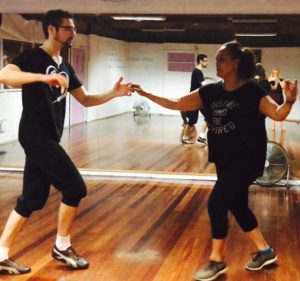 Yes, Brisbane Square is one of the events that I attend from time to time. This event in particular is really good, due to it being outdoors and visible to the public. It attracts a big crowd every week and also exposes non-dancers to the Brisbane dance scene. The Brisbane dance community is still relatively small but it has grown significantly in the last few years. In fact, you can go out and social dance or take classes almost every night of the week now, something which was not possible a few years ago.
Yes, Brisbane Square is one of the events that I attend from time to time. This event in particular is really good, due to it being outdoors and visible to the public. It attracts a big crowd every week and also exposes non-dancers to the Brisbane dance scene. The Brisbane dance community is still relatively small but it has grown significantly in the last few years. In fact, you can go out and social dance or take classes almost every night of the week now, something which was not possible a few years ago.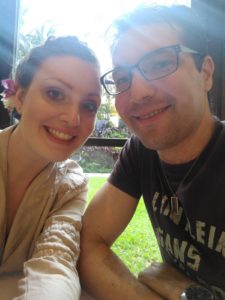

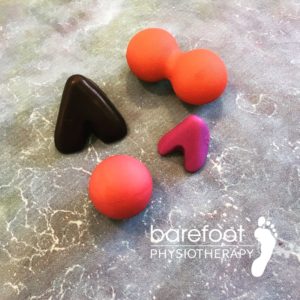 Benefits of both self-releases and stretching:
Benefits of both self-releases and stretching: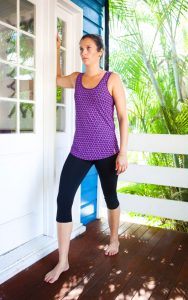 General tight muscles vs. “knots”. A lot of tight muscles have palpable “knots or
General tight muscles vs. “knots”. A lot of tight muscles have palpable “knots or 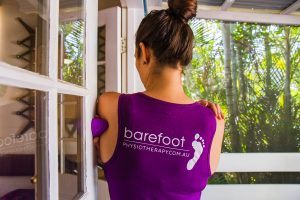
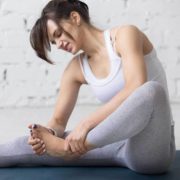

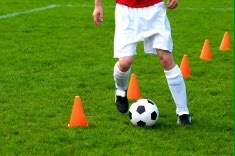
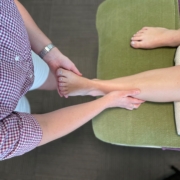
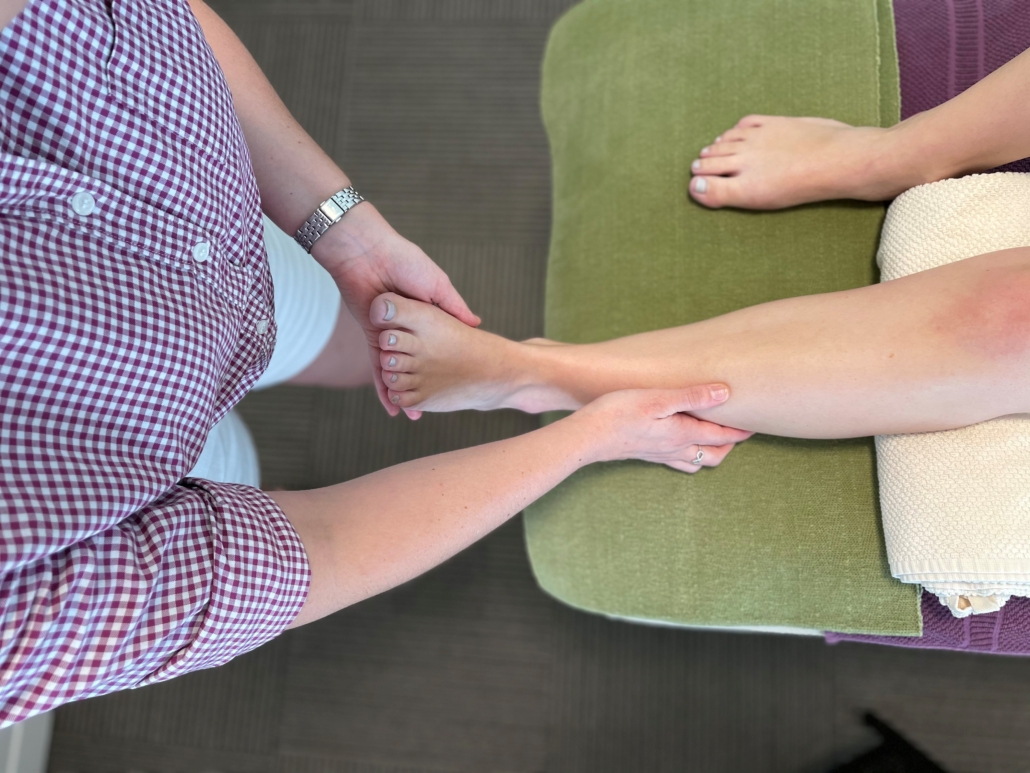

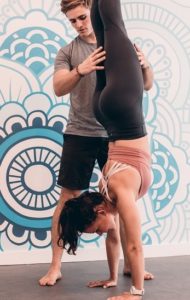
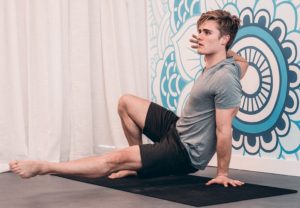 Ever since developing a personal passion for Animal Flow (google it!) two years ago, I have wanted to have a suitable space to run classes, year long intensives and workshops to show people how amazing it really is and how much it can help any athlete, father, mother, anyone! Since learning the importance of energy and vibe in a particular space, I knew that our current Witness The Fitness studio just wasn’t going to work. So when my now Breathing Space business partner, Adam from Nowhere Espresso, mentioned that a yoga studio would go great in the laundromat that was closing down next door.. we hit the ground running and before we knew it – introduced a beautiful space to a quite suburban community in Toowong.
Ever since developing a personal passion for Animal Flow (google it!) two years ago, I have wanted to have a suitable space to run classes, year long intensives and workshops to show people how amazing it really is and how much it can help any athlete, father, mother, anyone! Since learning the importance of energy and vibe in a particular space, I knew that our current Witness The Fitness studio just wasn’t going to work. So when my now Breathing Space business partner, Adam from Nowhere Espresso, mentioned that a yoga studio would go great in the laundromat that was closing down next door.. we hit the ground running and before we knew it – introduced a beautiful space to a quite suburban community in Toowong.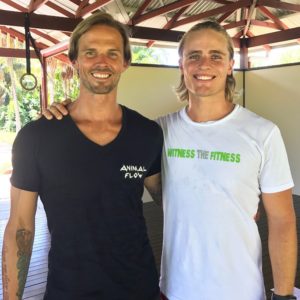
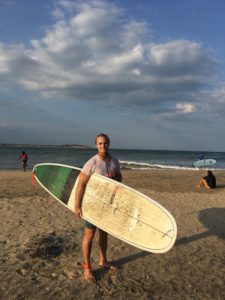




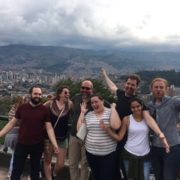
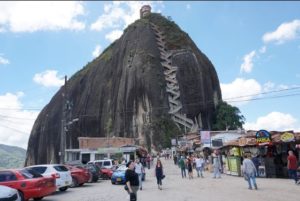 So you’ve been living in
So you’ve been living in 